All Contents
Contents
The O-47 was an observation aircraft built for the US Army. Accommodation was provided for three in tandem under a large canopy.
David C. Eyre
- May 19, 2019
In 1963 a specifications was evolved by the US Navy for a Light Armed Reconnaissance Aircraft with mission profiles to cover armed reconnaissance, close air support, helicopter escort, personnel and cargo transportation, photographic and target reconnaissance, and forward air control.
David C. Eyre
- May 19, 2019
Following the decision to fit the Rolls Royce Merlin in the Mustang, the Packard Motor Co began licence production of the engine at its Detroit facility, the engine to be fitted to the P-51B.
David C. Eyre
- May 19, 2019
The J1N1 Gekko (moonlight) was conceived by the Japanese Naval Bureau of Aeronautics in June 1938 for a twin-engine fighter, and the Nakajima Hikoki K K put forward a proposal designed by a team lead by Katsuji Nakamura, which was accepted, a contract being awarded in 1939, and the prototype
David C. Eyre
- May 19, 2019
Work on the Ki.84 series commenced in early 1942, being aimed at eventually replacing the Ki.43 in Imperial Army service. The prototype was rolled out in March 1943 at Ojima airfield.
David C. Eyre
- May 19, 2019
The “Oscar”, as it was known to the allies, proved to be a very successful fighter in combat early in its career.
David C. Eyre
- May 19, 2019
The Nakajima Ki-49 series known as the Donryu (Storm Dragon) was designed to supercede the Mitsubishi Ki-21 bomber, which was then just entering Japanese Army service, and the prototype (c/n 4901) was first flown in August 1939.
David C. Eyre
- May 19, 2019
The AJ-1 Savage was the first aircraft in the category of bomber with a strategic capability designed and built for the US Navy. On 13 August, 1945 a design competition was announced for a carrier-based aircraft capable of carrying a 4,536 kg (10,000 b) bomb, the contract being awarded to
David C. Eyre
- May 19, 2019
The B-25 Mitchell was probably the best all-round light-to medium twin-engine bomber to be operated on the Allied side during World War II. Named after Colonel William (Billy) Mitchell, an exponent of aircraft for bombing, the type became well known when a flight of Mitchells was flown from the flight
David C. Eyre
- May 19, 2019
Single-engine fighter and fighter-bomber seaplaneDue to the lack of available airstrips on some of the islands Japanese forces were taking during World War II it was decided to develop a floatplane fighter version of the Mitsubishi A6M Zero-Sen fighter, and, as Mitsubishi was fully involved in producing the land-based variant,
David C. Eyre
- May 19, 2019
The B5N series (Type 97 Attack Bomber) was designed by the Nakajima Aircraft Co Ltd of Ota, Japan as a carrier-borne dive bomber, the prototype fitted with a 574 kw (770-hp) Nakajima Kikari 3 radial engine, first flying in January 1937.
David C. Eyre
- May 19, 2019
The Canberra, designed by W S W Petter, one of the most successful jet bombers of the post-war era, was chosen by the RAAF for licence production in Australia.
David C. Eyre
- May 19, 2019
As noted elsewhere, the Canberra was Britain’s first jet bomber and was exported to a number of operators and licence built in the USA and Australia.
David C. Eyre
- May 19, 2019
The Firefly was designed as a shipboard two-seat fighter and reconnaissance aircraft around the then new Rolls Royce Griffon engine by Herbert Chaplin and the prototype (Z1826) flew for the first time on 22 December 1941.
David C. Eyre
- May 19, 2019
Known as the “Aussie Tiger”, the Eurocopter Tiger in late 2001 was named by the Australian Government as the winner of the Air 87 Programme to supply the Australian Army with 22 armed reconnaissance helicopters.
David C. Eyre
- May 19, 2019
The DH.1 was, usually known as the Airco DH.1, was designed by Geoffrey de Havilland after he became the chief designer of The Aircraft Manufacturing Co (Airco). It was similar in appearance to the RAF FE.2, which he also previously designed, and was crewed by a pilot and an
David C. Eyre
- May 19, 2019
In August 1938 the Imperial Japanese Navy issued an order for a successor to be designed and built to replace the Navy Type 97 Flying Boat Model I, this requiring a cruising range of 7,410 km (4,604 miles), a heavy armament, and the ability to carry two 1,000 kg (2,204
David C. Eyre
- May 8, 2019
Recent Comments
Archives
Categories
- No categories
Categories
- No categories
Latest Posts
Newsletter

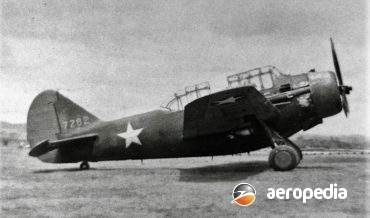
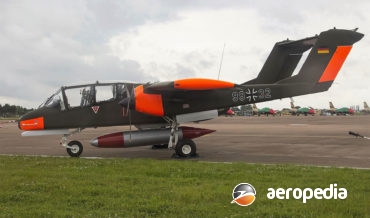

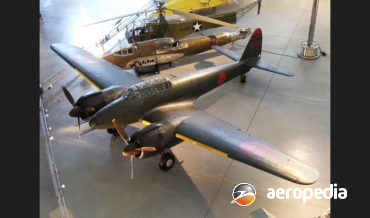


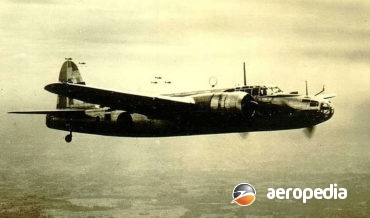

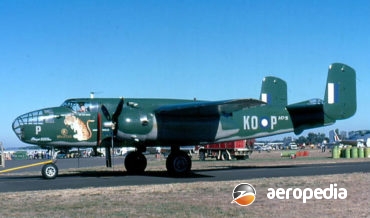
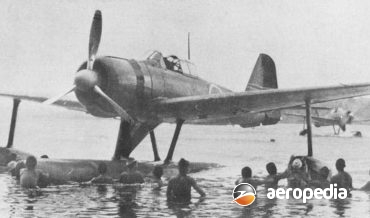
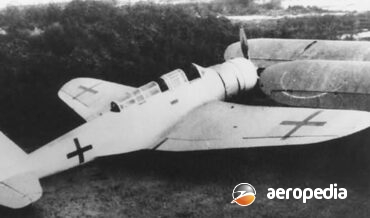
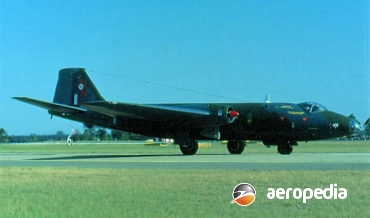
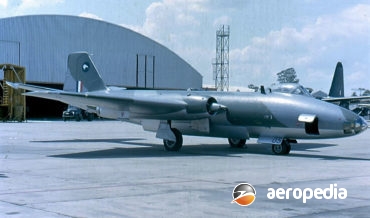
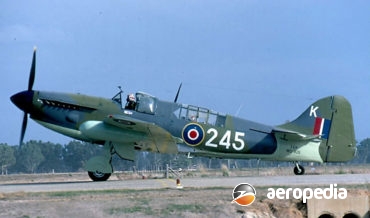
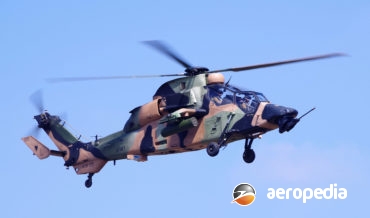
![DE HAVILLAND [AIRCO] DH.1](https://aeropedia.com.au/wp-content/uploads/2019/05/de-Havilland-Airco-DH.1-Aeropedia-The-Encyclopedia-of-Aircraft-Australia-New-Zealand-370x218.jpg?v=1593221059)
